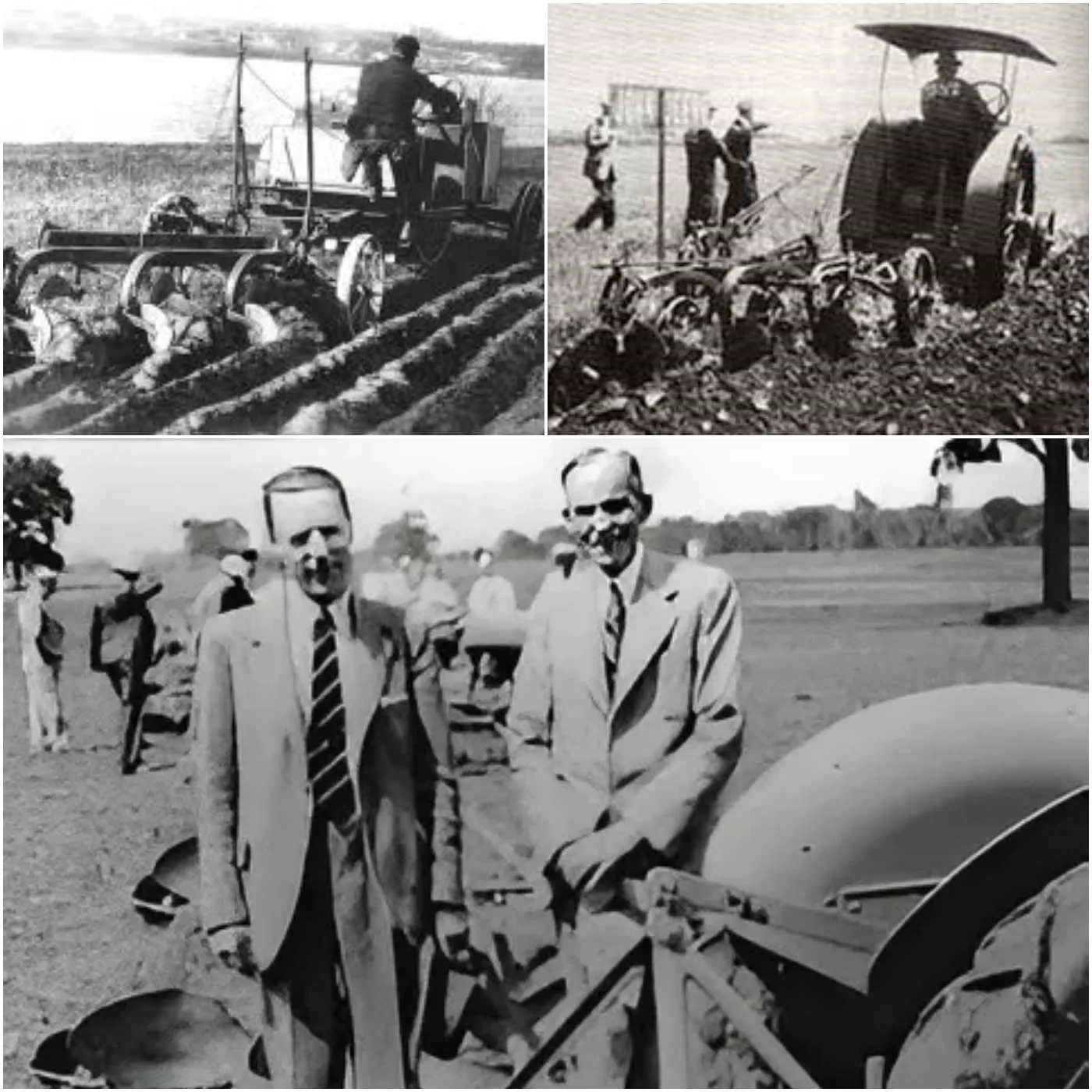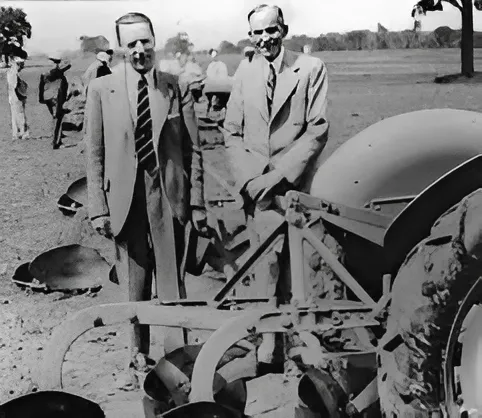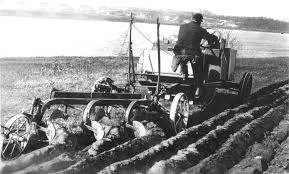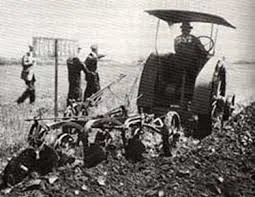America’s Most Versatile Vehicle: Jeep Universal and the Legacy of Charles Sorensen and Ward Canaday

The Jeep Universal, celebrated as America’s most versatile vehicle, owes much of its success to the visionary efforts of Charles Sorensen and Ward Canaday. Their contributions not only transformed the Jeep into an iconic symbol of freedom and adventure but also set new standards for versatility and durability in the automotive industry.
The Jeep Universal traces its roots back to the early 1940s, during World War II. The U.S. military required a rugged, reliable vehicle capable of handling various terrains and conditions. The response to this need was the Willys MB, the precursor to the Jeep Universal, which quickly became a crucial asset on the battlefield.
Charles Sorensen, an influential figure in the automotive industry, played a pivotal role in the Jeep’s development. Known for his work with Henry Ford, Sorensen brought his manufacturing expertise to the table. His vision for the Jeep was clear: create a vehicle that was not only robust and dependable but also versatile enough to meet a wide range of military and civilian needs.

Sorensen’s approach to production efficiency and quality control ensured that the Jeep could be mass-produced quickly and reliably. His commitment to innovation and excellence laid the groundwork for the Jeep’s enduring reputation.
Ward Canaday, president of Willys-Overland Motors, was instrumental in bringing the Jeep to market and expanding its appeal beyond military use. Under Canaday’s leadership, the Jeep transitioned from a wartime necessity to a beloved civilian vehicle. He recognized the Jeep’s potential as a versatile, all-purpose vehicle and worked tirelessly to promote its utility in peacetime.
Canaday’s strategic vision included marketing the Jeep to farmers, ranchers, and outdoor enthusiasts. His efforts paid off as the Jeep Universal became a symbol of rugged individualism and outdoor adventure.
The Jeep Universal, also known as the CJ (Civilian Jeep), was introduced in 1945. It quickly gained popularity for its exceptional versatility. Capable of traversing rough terrains, the Jeep Universal was ideal for agricultural, industrial, and recreational uses. Its simple yet robust design allowed for easy modifications, making it a favorite among off-road enthusiasts and custom builders.
The Jeep Universal’s impact on American culture cannot be overstated. It became a symbol of freedom and exploration, embodying the spirit of adventure that defines the American ethos. The vehicle’s rugged design and go-anywhere capability made it a staple in rural areas and a favorite for outdoor activities such as camping, hunting, and fishing.

The Jeep Universal also played a significant role in post-war reconstruction efforts, aiding in agricultural and industrial development. Its adaptability and reliability made it an invaluable tool in various sectors, further cementing its status as a versatile workhorse.
The legacies of Charles Sorensen and Ward Canaday are forever intertwined with the Jeep Universal. Sorensen’s manufacturing acumen and Canaday’s strategic marketing transformed the Jeep into an enduring icon. Their contributions have left a lasting impact on the automotive industry and American culture.
Today, the spirit of innovation and versatility that defined the original Jeep Universal lives on in modern Jeep models. Vehicles like the Jeep Wrangler and Jeep Gladiator continue to uphold the tradition of rugged reliability and adaptability, appealing to a new generation of adventurers and enthusiasts.

The Jeep Universal, shaped by the visionary efforts of Charles Sorensen and Ward Canaday, stands as a testament to American ingenuity and resilience. From its origins as a military workhorse to its status as an iconic symbol of freedom and versatility, the Jeep Universal remains a beloved vehicle in the hearts and minds of many. As we celebrate its legacy, we honor the contributions of Sorensen and Canaday, whose foresight and dedication have left an indelible mark on automotive history.





